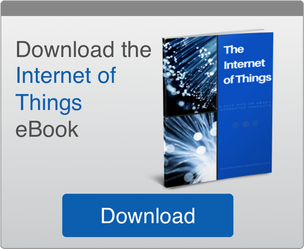 The advent of the Internet of Things (IoT) is really centred around one core trend: the changing nature of products. It’s the ability for product to be smart and connected, in a way and on a scale that hasn’t previously been possible.
The advent of the Internet of Things (IoT) is really centred around one core trend: the changing nature of products. It’s the ability for product to be smart and connected, in a way and on a scale that hasn’t previously been possible.
The trend is having a fundamental transformational impact – both on the nature of competition in many industries and also on the organisational structure of companies.
Want to find out more about what a smart, connected product is? Take a look at this blog post here.
#1 Impact of Internet of Things on Competition
As a result of the Internet of Things directly changing the fundamental nature of products, it is also very likely to affect the nature of competition and strategy. Both will substantially evolve, as manufacturers have to adapt to new markets, new customer demands and also new competition emerging from this trend.
This change will happen not only in traditional manufacturing, but also in industries that use these new smart, connected products.
#2 Impact of the Internet of Things on Internal Structure
The second impact of this trend is likely to be internal. Given that these are new products, with new capabilities that are all generating substantial data on function and their environment, companies need to adapt to utilise and manage these changes. As a result, we will see a true revolution in the value chain of the manufacturing firm.
In fact, the way a manufacturer does just about everything is going to change dramatically – everything from product development through to marketing and sales. As well, the nature of the people and the skills and how they work together in the company will be dramatically affected.
The basic structure of manufacturing has stayed the same for many many decades: the classic functional structure. There’s a marketing group and a production group, an R & D group and so on. But the advent of these products is starting to blur and cut across these traditional functional definitions and boundaries. We’re seeing entirely new functions arise within companies, often in area they have never had or needed before.
We’re also seeing the need to unify the data. The management, the collection and the analysis of the data that is now available in unprecedented qualities and unprecedented scope, as a result of these new products. Manufacturing firms today are therefore going through both a strategic and an organisational transformation, that is really something we haven’t seen in over a century.
The next steps, knowing that these changes are happening, is to start planning for the next stage and decide what you need to do as an organisation. This is an area that is going to be developing and changing. What we’ve seen so far is just the beginning
